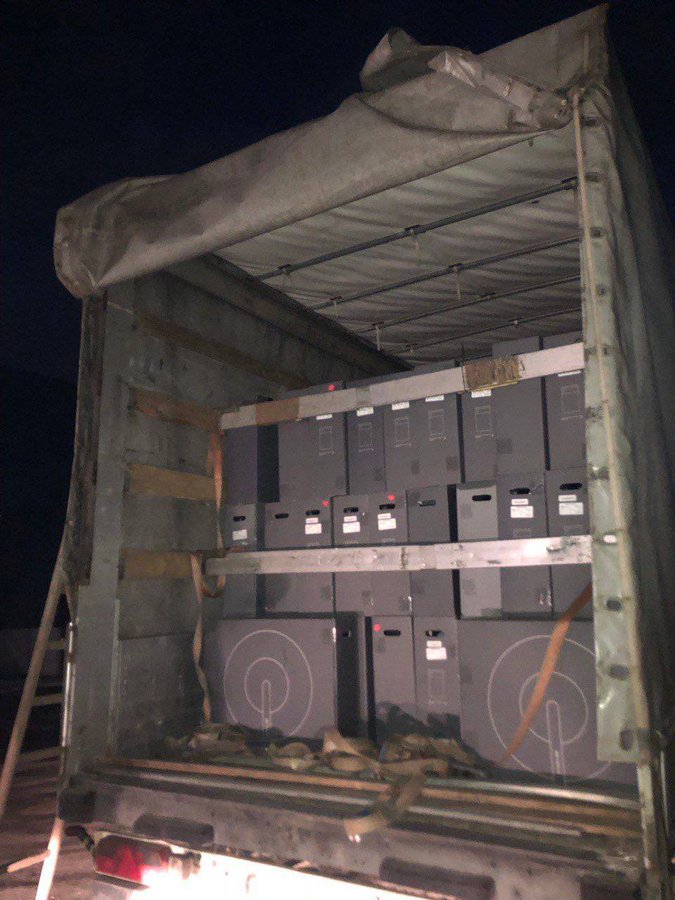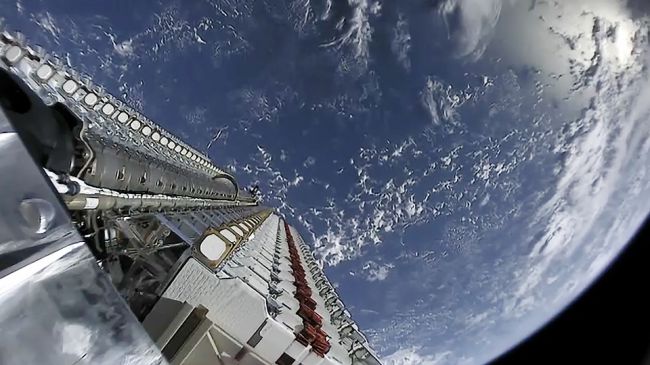SpaceX gained a big win this week, after the Federal Communications Commission (FCC) approved the use of the Starlink satellite broadband system for moving vehicles.
The approval by the US communications regulator on Thursday means that SpaceX can now sell to operators of moving vehicles such as commercial airlines, shipping vessels and lorries.
The Starlink constellation of internet-beaming satellites is currently playing an important role in Ukraine, where it is being used by local officials and indeed the general public, as they defend themselves and their country from Russia’s illegal invasion.

Starlink approval
Now with the FCC approval, SpaceX can expand its Starlink broadband offerings into the potentially lucrative automotive, shipping and airline sectors.
Until this decision, Starlink systems had to have a stationary ground-based antenna, or user terminal, in order to connect with any orbiting Starlink satellites overhead.
But in Ukraine, SpaceX made a modification allowing Starlink system to be powered by the battery of a car, to aid Ukraine’s requirement for a mobile communication system.
SpaceX had requested regulatory approval from the FCC in March 2021 to allow Earth Stations in Motion (ESIM) Starlink terminals to be used in moving vehicles.
Now, the FCC has granted SpaceX’s request, and also that of another satellite company, namely Kepler Communications.
“We agree with SpaceX and Kepler that the public interest would benefit by granting with conditions their applications,” said the FCC. “Authorising a new class of terminals for SpaceX’s satellite system will expand the range of broadband capabilities to meet the growing user demands that now require connectivity while on the move, whether driving an RV across the country, moving a freighter from Europe to a US port, or while on a domestic or international flight.”
“Similarly, authorisation of the Kepler ESVs service will provide much-needed connectivity to vessels in territorial waters of Hawaii and Alaska and remote areas throughout the world, including the Arctic and Antarctic polar regions,” it added.
Intense competition
SpaceX currently has roughly 2,700 Starlink satellites in low-Earth orbit and has hundreds of thousands of subscribers, who typically pay $110 a month for broadband, as well as $599 for a self-install terminal.

SpaceX is keen to access the airline sector, and in recent months has signed deals with with Hawaiian Airlines and JSX.
But SpaceX has competition in the low-Earth orbiting satellite internet sector.
British satellite operator OneWeb, and Jeff Bezos’s Kuiper project, a unit of e-commerce giant Amazon.com, is planning to launch the first prototype satellites of its own broadband network later this year.




